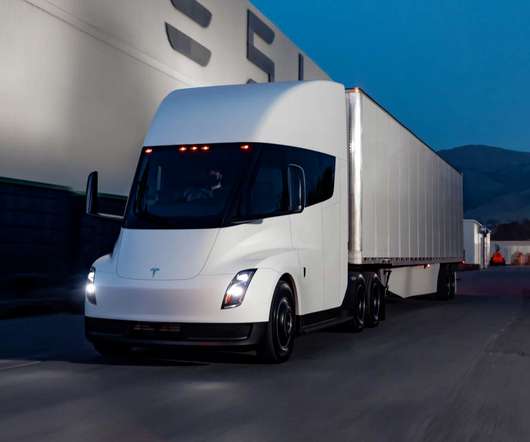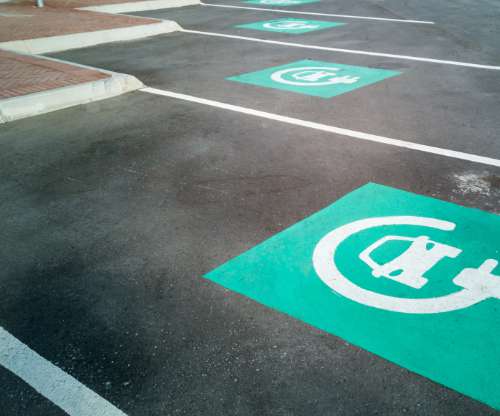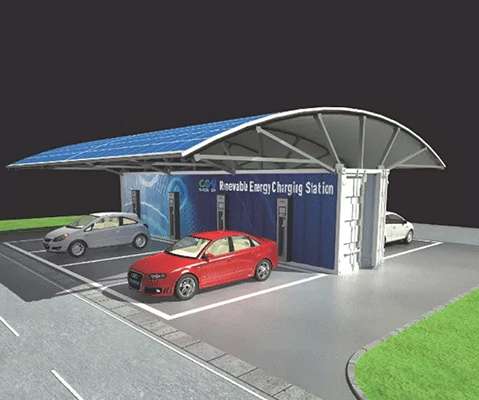Think the plug-in Ford Ranger PHEV isn’t capable enough? I just drove one up an active volcano in Iceland!
EV Central
JUNE 21, 2025
The petrol engine’s been de-tuned, its 11.8kWh battery’s too small, 43km electric range isn’t enough and, starting from $71,990, it’s too expensive. The plug-in Ford managed the task using battery power alone, and this being Iceland, said battery was charged using hydro and geothermal power.























Let's personalize your content